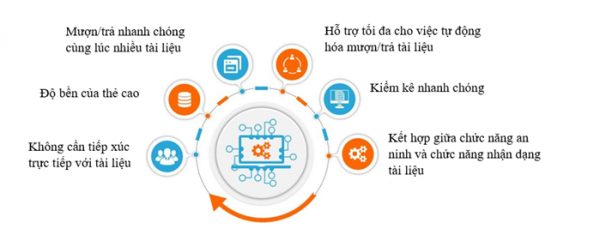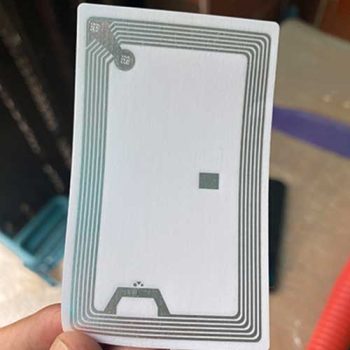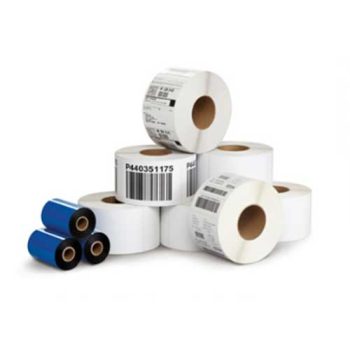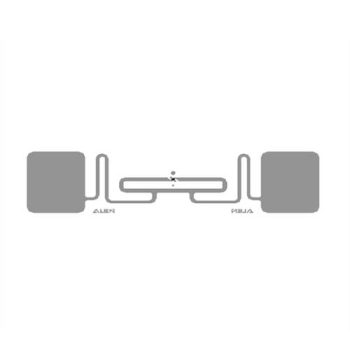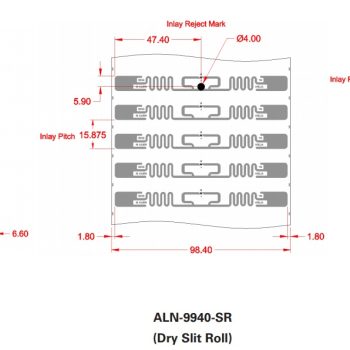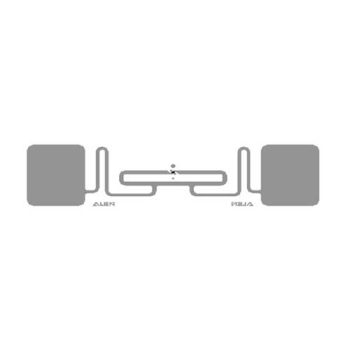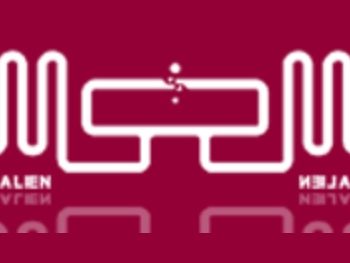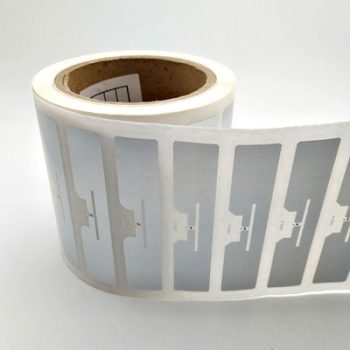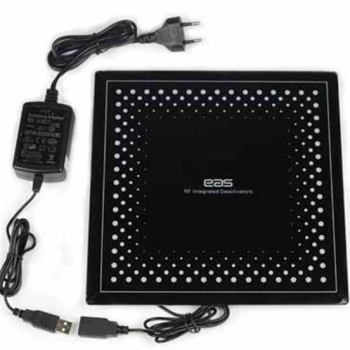What is RFID label for library :
1. Cause of formation.
Library RFID technology began to be widely applied to library management since around the 2000s; in modern, friendly smart library models, always aiming to create convenience and initiative for users. Right from the time it was first applied, RFID has proven its convenience and superiority compared to previous document management technologies. There were hundreds of libraries converting to RFID at that time.
And RFID Labels For Libraries is a consumable product that libraries invest in operating costs if they cannot find a good supply partner.
2. Its characteristics:
- RFID Labels For Libraries often use HF frequency (short frequency)
- Ability to hold many characters (large memory)
- Easy to integrate hardware applications.
- Highly durable items.
- And many other factors
- It usually has dimensions: 50 x 50 mm, 50 x 80 mm
- Chip: NXP ICODE SLIX, NXP ICODE SLIX2
- Protocol: ISO15693,
- Frequency13.56MHz
3. Application of RFID Labels For Libraries :
- RFID allows readers to maximize self-service; without requiring librarian intervention. Readers can carry out the procedures for borrowing/returning books themselves without having to go through anyone else. Therefore, creating privacy and initiative for readers.
- No need for direct contact with the document:
- Unlike EM technology and barcodes, document identification requires direct contact between the document and the reading device. As for RFID technology, it allows readers to identify documents at a distance.
- High card durability:
- The durability of RFID tags is higher than that of barcodes because it does not come into direct contact with other devices. RFID vendors guarantee that each RFID tag can be used for at least 100,000 borrowing/returning sessions before it is damaged



 Tiếng Việt
Tiếng Việt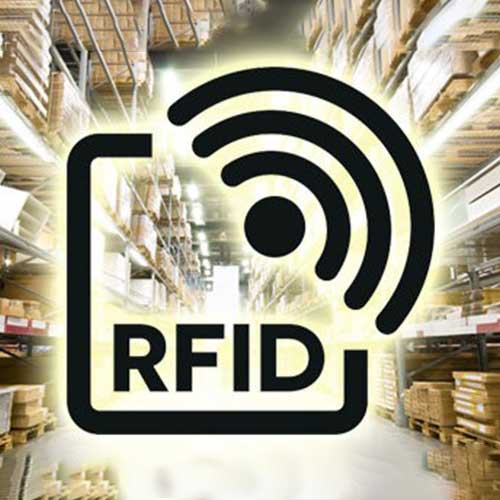
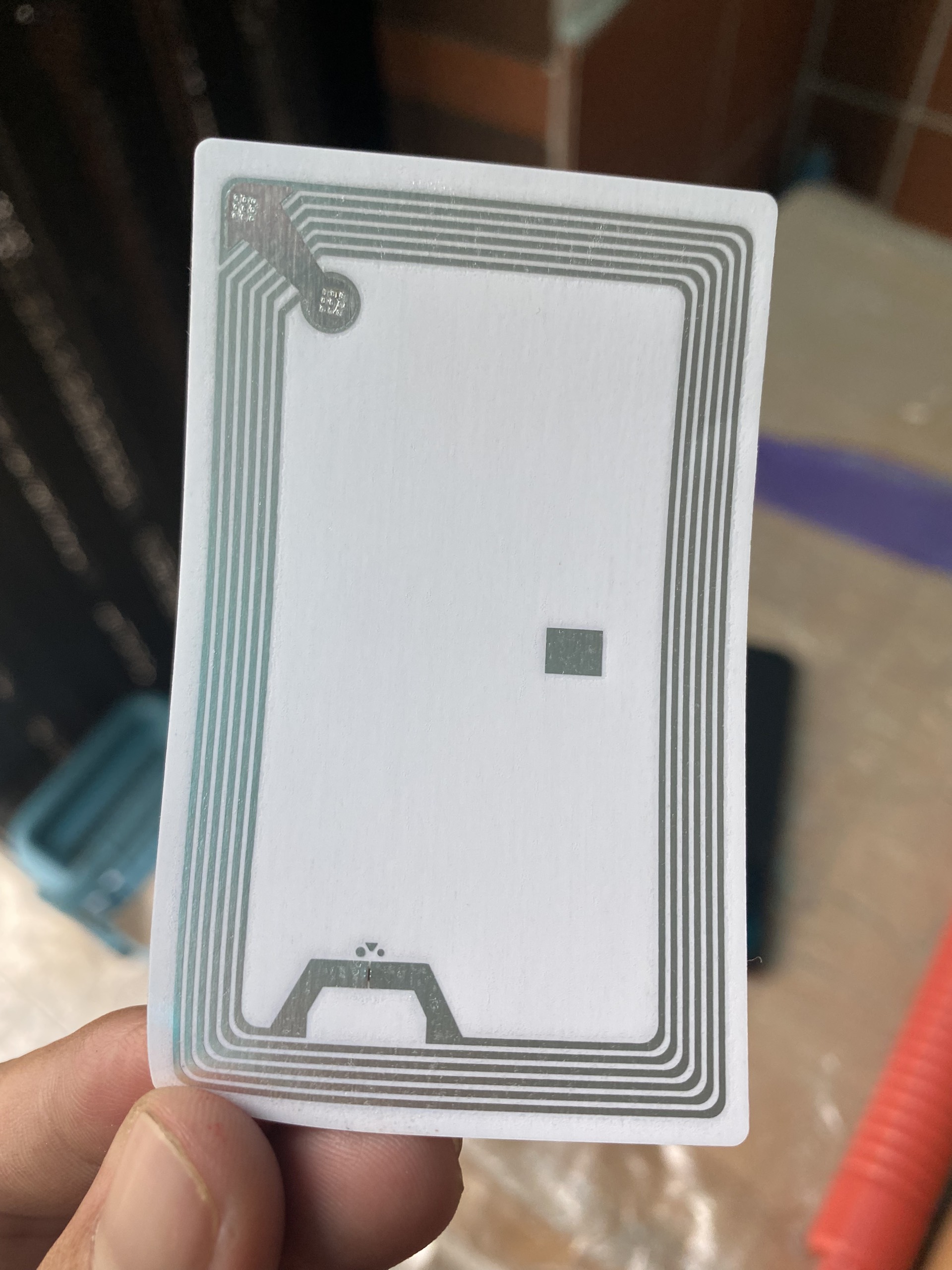
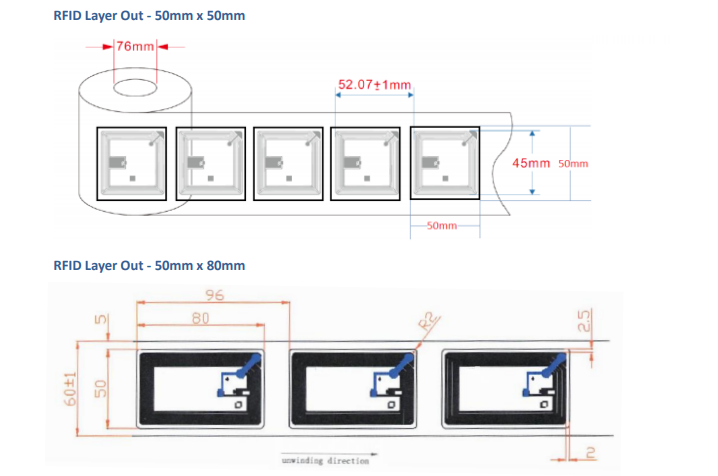
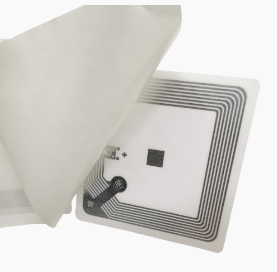
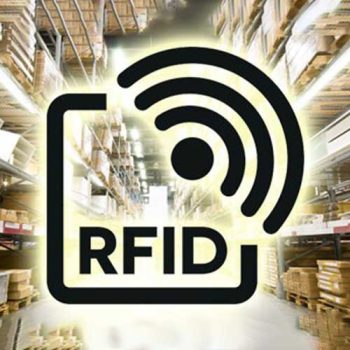
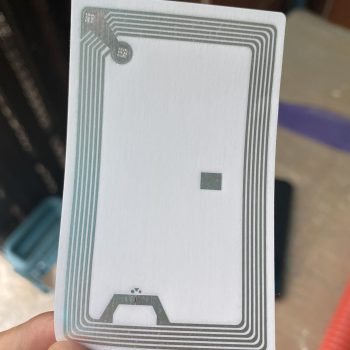
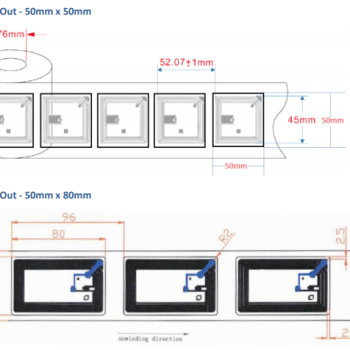

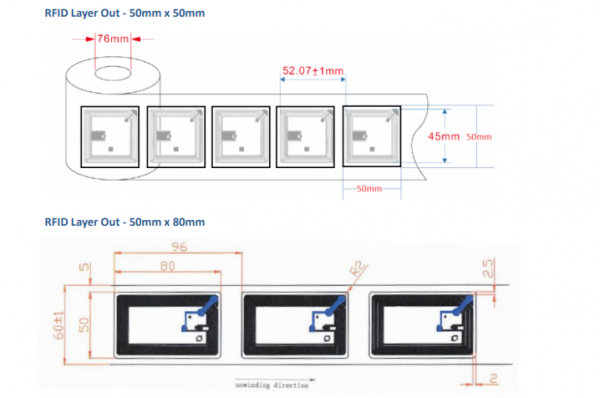 a>
a>